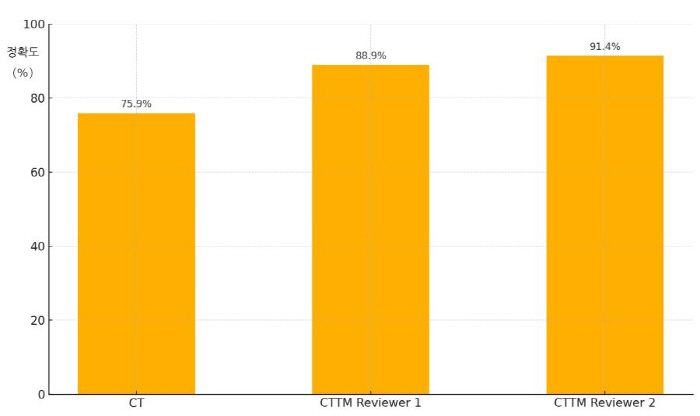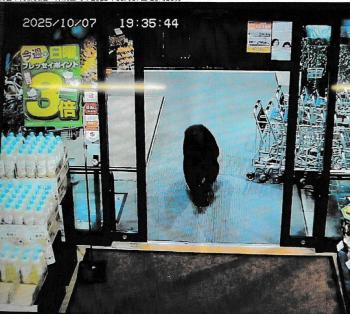Determining gastric cancer stage, developing a new CT diagnostic method...Increase accuracy to maximize treatment effectiveness
Jun 16, 2025
|
The newly developed 'dynamic CT transverse signal (CTTM signal)' analysis method is an innovative diagnostic technology that can accurately identify the detailed stages of early gastric cancer, which were difficult to distinguish with conventional CT tests.
Existing CT scans were useful for staging advanced gastric cancer, but in early gastric cancer below T2, there was a limit to staging, making it difficult to establish a treatment plan.
The 'dynamic CT wall penetration signal' diagnostic method is a technology that analyzes the wall penetration signal that appears through dynamic CT scans to more accurately determine the depth of invasion of gastric cancer.
The research team analyzed data from 116 gastric cancer patients and compared the new CTTM criteria with the existing CT. In particular, it has been demonstrated that it can be accurately distinguished into sm1 (thin infiltration) and sm2/3 (deep infiltration) in the T1b stage, which is an early gastric cancer stage. CTTM analysis is a method of determining the stage by scoring the enhancement pattern of the tumor in the three-stage contrast (arterial phase, portal phase, and delayed phase) of the CT image.
|
Applying this diagnostic method can provide a more accurate stage evaluation to early gastric cancer patients, enabling customized treatment optimized for individual patients. Through this, it is expected that the treatment effect can be maximized while avoiding unnecessary surgery and minimizing treatment sequelae.
Professor Jeong Dong-jin said, "This study has improved the accuracy of early gastric cancer diagnosis to the next level. We will continue to work hard to provide safer and more accurate diagnosis to patients by actively utilizing the latest diagnostic technology." he said.
The study was recently published in the international journal 『BMC Medical Imaging』 in radiology.
|
This article was translated by Naver AI translator.
















